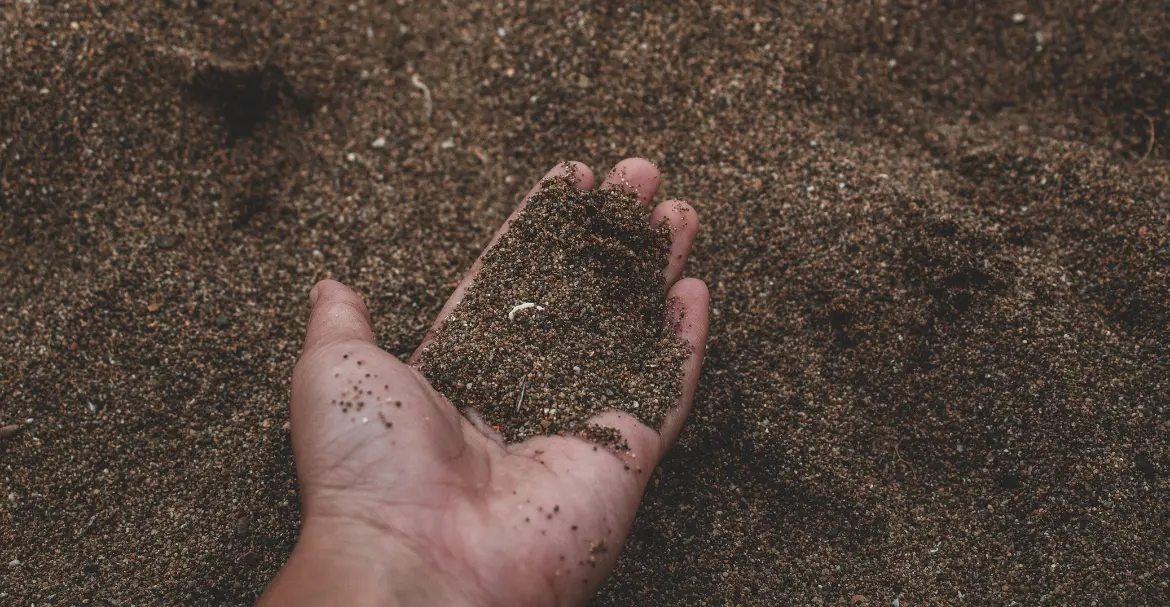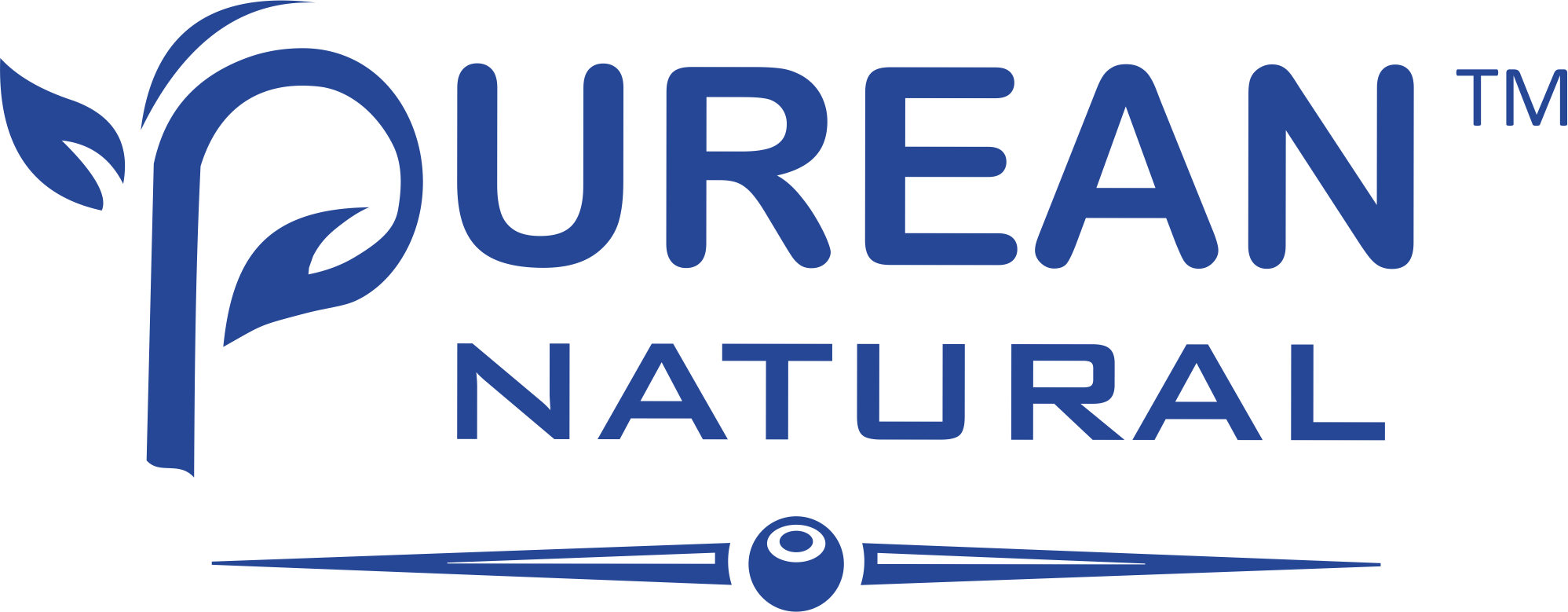- Your cart is empty
- Continue shopping
Conserving Soil: A Vital Imperative for Sustainable Agriculture
-
Store Manager
- Posted on
- Categories:Blog

In the realm of agriculture, where food production is the backbone of society, the health and vitality of our soil cannot be overstated. Soil, a finite and fragile resource, plays a fundamental role in sustaining life on Earth. In this article, we delve deep into the importance of conserving soil, exploring the myriad ways in which this essential resource is threatened and the proactive measures we can take to safeguard it for future generations.
Understanding Soil Erosion
Soil erosion, the gradual removal of the topsoil layer, is a pervasive problem. Natural forces like wind, water, and gravity, coupled with human activities, contribute to this phenomenon. Erosion disrupts the delicate balance of nutrients and microorganisms in the soil, making it less fertile.
The Role of Soil in Agriculture
Soil is the foundation of agriculture. It provides plants with essential nutrients, water, and a stable anchor. Healthy soil is essential for high crop yields and nutritious produce.
Threats to Soil Conservation
Various factors pose a threat to soil conservation, including urbanization, deforestation, and industrial agriculture. These activities strip away the protective cover of vegetation, leaving soil vulnerable to erosion.
The Impact of Deforestation
Deforestation, primarily driven by logging and agricultural expansion, exposes soil to the elements. Trees, which act as natural barriers against erosion, are removed, leading to soil degradation.
Sustainable Agricultural Practices
To conserve soil, we must adopt sustainable agricultural practices that minimize soil disturbance and promote soil health.
Crop Rotation: A Natural Solution
Crop rotation involves planting different crops in the same field in sequential seasons. This practice prevents the depletion of specific nutrients and reduces the risk of soilborne diseases.
Organic Farming: Nurturing the Soil
Organic farming avoids synthetic chemicals and relies on natural fertilizers and pest control methods. This approach enriches the soil and fosters biodiversity.
Reducing Chemical Inputs
Excessive use of chemical fertilizers and pesticides harms soil health. By reducing chemical inputs, we can mitigate these detrimental effects.
Contour Farming: Preserving Topsoil
Contour farming follows the natural contours of the land, reducing water runoff and erosion. This method helps maintain the integrity of topsoil.
Conservation Tillage
Conventional plowing can disrupt soil structure. Conservation tillage techniques minimize soil disturbance, preserving its composition.
Cover Crops: A Shield for Soil
Cover crops are planted between main crops to protect the soil from erosion. They also improve soil structure and nutrient content.
Soil Restoration Techniques
In cases where soil has already been degraded, restoration techniques such as mulching, terracing, and reforestation can help rejuvenate the land.
Government Initiatives for Soil Conservation
Governments worldwide are recognizing the importance of soil conservation. They are implementing policies and incentives to encourage sustainable farming practices and protect our soil resources.
Conclusion
In conclusion, conserving soil is not only an ecological necessity but also a pragmatic choice for ensuring food security. By adopting sustainable farming practices, reducing deforestation, and promoting soil restoration, we can safeguard this invaluable resource for future generations.
